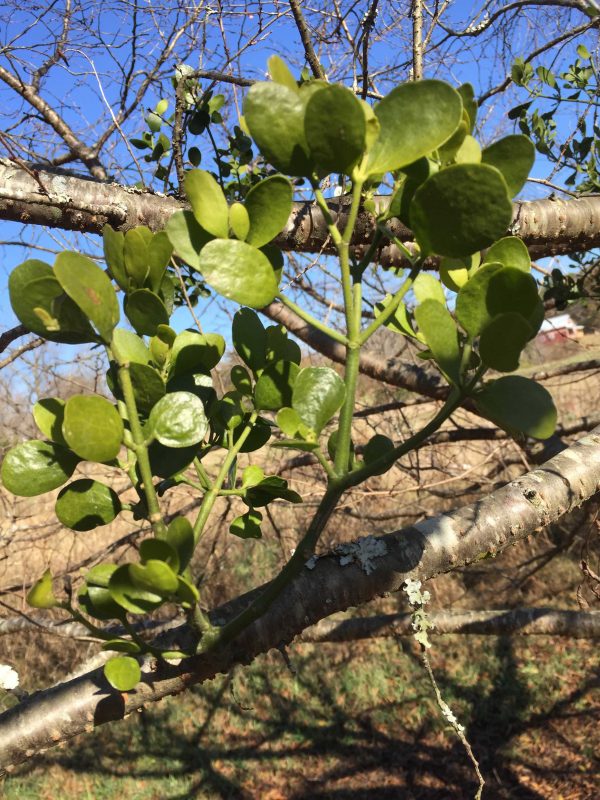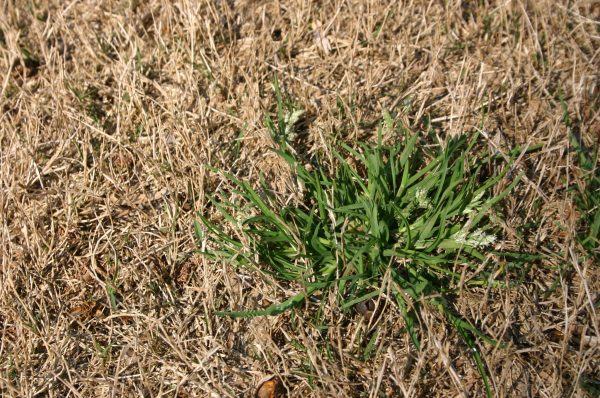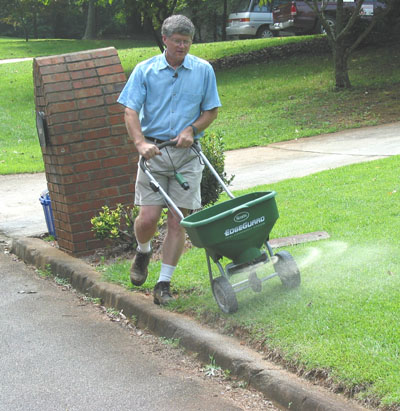Roundup – Safe to Use
Q: I am rehabilitating a yard that hasn’t had anything but occasional mowing in fifteen years. There are some nice surprises under all the privet and vines, like a battalion of daylilies and some demure nandinas. I prefer to dig out unwanted woody plants, for the sake of thoroughness and in order to minimize the use of chemical brush killer. Under one big mean woody thing about 5 ft. tall, I found an azalea about 2 ft. tall. I cut down the meanie, but I can’t dig out its roots without digging out the azalea as well. The two plants are completely entangled. Can I use liquid brush killer on the thug without finishing off the azalea? Will the brush killer stay confined to the plant to which it is applied? I’d hate to kill the azalea after all it has been through.
A: I think you would be safe to use a foam paintbrush to wipe some glyphosate (Roundup, etc.) on the ends of the roots you have cut.
One of the reasons glyphosate has such a good environmental record is that it has a strong “negative” electrical charge. Soil particles have a “positive” electrical charge.
When the chemical drips onto your soil, the molecules bind immediately to the soil and stay put. They don’t wash through the area creating havoc with other plants nearby. But painting the chemical on the root ends, they will not resprout and your azalea can flourish without interference from the horticultural thug.
















